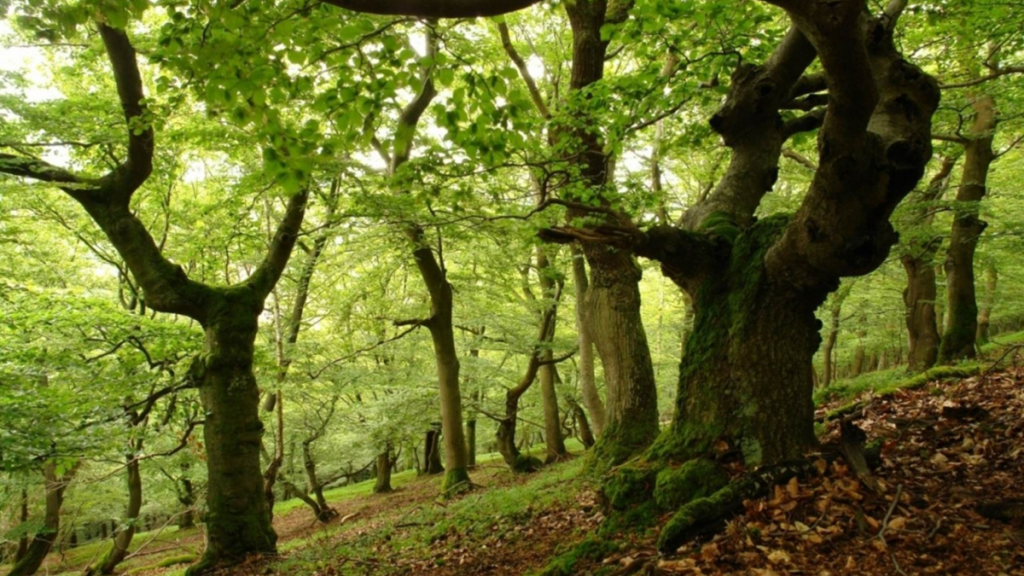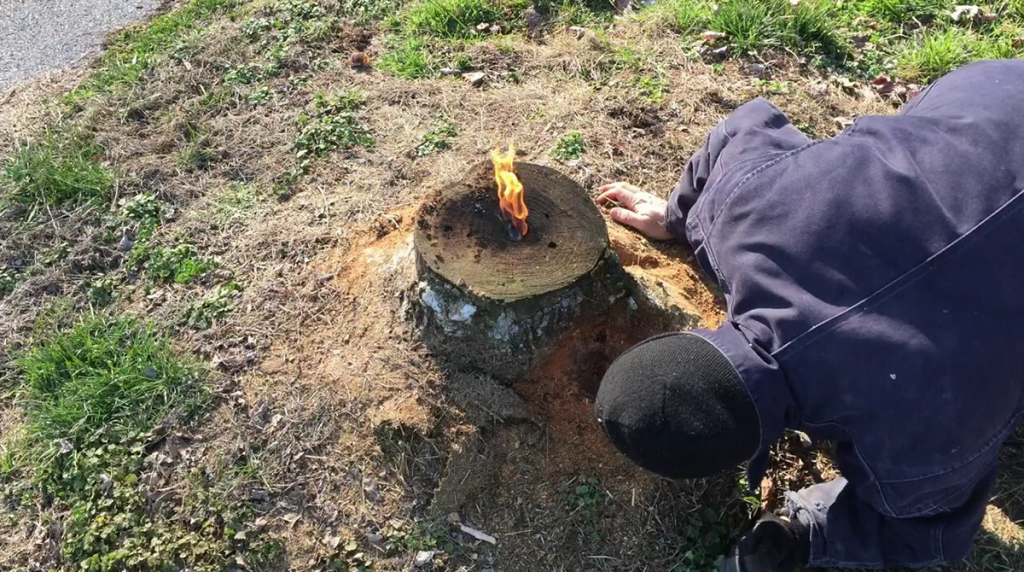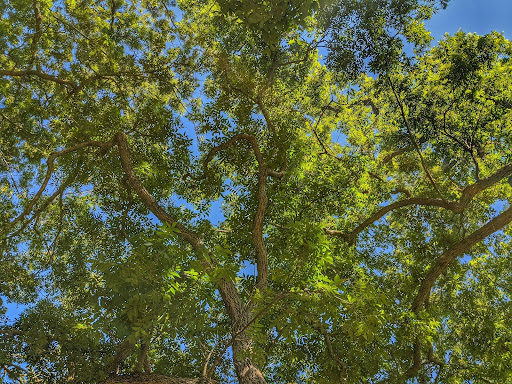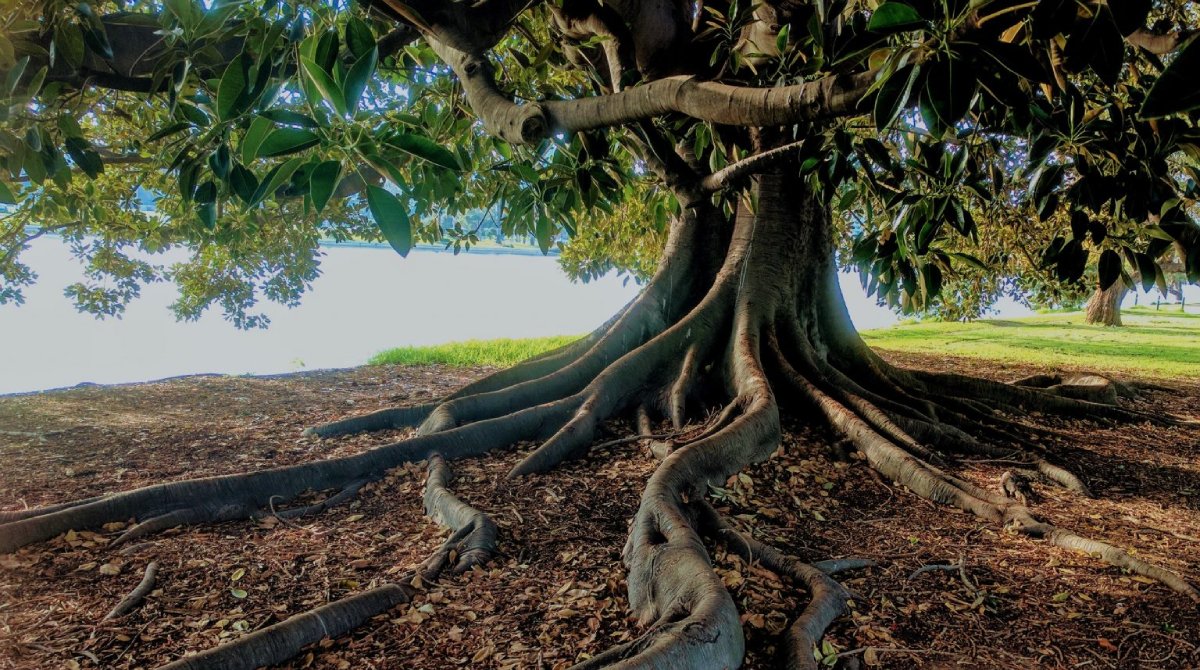
Date June 13, 2023
There’s no place that’s immune to the threat of invasive species, even the great state of Texas. That’s why homeowners need to know what to do if they discover those unwanted guests. Use this guide to learn about the impact of invasive species on Dallas trees and find out how to identify and manage them.
What Are Invasive Species?
Image via Pexels by Ketut Subiyanto
Any Dallas arborist can tell you that an invasive tree species is one that’s overrun an ecosystem outside its native range. These non-native varieties often caused damage to the new environment. Although this process can occur naturally, it’s usually the result of human intervention — either deliberate or accidental. According to Texas A&M, the Chinese tallow, salt cedar, and Chinaberry trees are some of the invasive species in the area.
One reason they pose such a concern is that they’re often able to out-compete native plants. Without the typical environmental checks that control them in their natural setting, the subsequent damage they cause may affect many ecological levels. Native trees may struggle to compete for nutrients, light, water, and space. Also, invasive species often introduce diseases and parasites that Dallas trees aren’t able to defend against. All these factors can lead to a disaster for the Texas landscape.
How Do Invasives Spread?
Invasive tree species pose one of the biggest threats to biodiversity, second only to habitat loss. Yet, whether intentionally or not, people have helped spread them across Texas and beyond. The process has been going on for centuries, with the deliberate transfer of non-native species to new environments, often to improve the look of properties. Some real estate developers buy landscapes in bulk and plant invasive trees because they’re more affordable. As a result, private lots, school campuses, roadways, and community spaces are potentially lined with human-placed, non-indigenous plants.
Learn To Identify Invasives
It’s essential for homeowners to learn how to recognize invasive species in the Dallas area. Take advantage of resources such as the Austin Invasive Management Volunteer Field Guide to identify trees and other plants that don’t belong in Texas. Report any sightings of unwanted guests, such as the paper mulberry tree, to a local county extension agent or land manager.
Addressing Invasive Species
Texas’s native biodiversity is irreplaceable, and thankfully there are a few proactive steps homeowners can take to help manage the spread of invasive species on their property. Through a combination of research, early detection, eradication, and restoration, residents can help protect native trees from damaging invasive varieties.
Of course, the best way to temper the spread is prevention. Everyone can follow simple practices, such as removing any invasive trees and planting only native options on their property. If necessary, confirm your choices with a Dallas arborist before putting any plants in the ground.
Some Dallas residents may not understand the serious implications of invasive trees on the city’s delicate ecosystem. Education is a crucial step to stop their spread. Talk with our experts about the hazards and economic impacts of these species and share the information with friends and neighbors to reduce and manage these unwanted guests.









